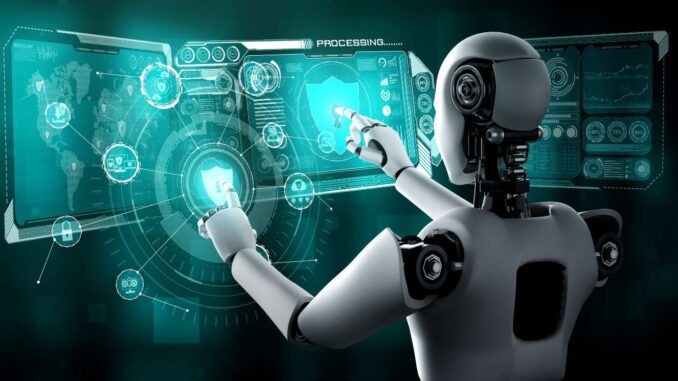
Fostering an iterative approach to AI development involves adopting a cyclical process that emphasizes constant improvement, adaptability, and collaboration. Here’s a framework to facilitate this approach:
### 1. Define Objectives and Scope – **Identify Goals**: Clearly define what you want to achieve with the AI system. Consider both short-term and long-term objectives.









– **Target Audience**: Understand who will use the AI and what their needs are.
### 2. Gather Requirements
– **Stakeholder Input**: Collaborate with stakeholders to collect requirements. This includes users, domain experts, and business leaders.
– **Prioritize Features**: Determine must-have features versus nice-to-have features to guide development.
### 3. Initial Prototyping
– **Rapid Prototyping**: Create a basic version of the AI application (MVP – Minimum Viable Product) to understand feasibility and gather initial feedback.
– **Select Tools and Technologies**: Choose appropriate frameworks, libraries, and tools for development.
### 4. Build and Test
– **Agile Development**: Utilize agile methodologies to iteratively develop the AI system in manageable sprints.
– **Regular Testing**: Implement testing (unit, integration, and user acceptance tests) in each iteration to validate functionality and performance.
### 5. Gather Feedback
– **User Testing**: Engage end-users in testing the prototype to gather insights on usability and functionality.
– **Data Analysis**: Analyze how the AI performs using real or simulated data. Identify areas for improvement based on performance metrics.
### 6. Refine and Iterate
– **Incorporate Feedback**: Integrate user feedback and performance data to refine the AI model and application.
– **Iterate**: Repeat the build-test-feedback cycle, making incremental improvements to the model and its features.
### 7. Monitor and Evaluate
– **Performance Tracking**: Continuously monitor the AI’s performance after deployment to ensure it meets expectations.
– **Real-World Impact**: Evaluate the effect of the AI solution on the defined objectives and adapt as needed.
### 8. Document and Share Learnings
– **Knowledge Sharing**: Document findings, challenges, and successes throughout the development process to inform future projects.
– **Collaboration Platforms**: Use collaboration tools (like wikis or project management software) to keep all stakeholders informed and engaged.
### 9. Scale and Enhance
– **Scaling Up**: Once the iterative process stabilizes a successful AI model, work on scaling it up for broader use.
– **Enhancements**: Continuously look for opportunities to enhance features based on evolving user needs and technological advancements.
### 10. Foster a Culture of Continuous Improvement
– **Encourage Innovation**: Create an environment that encourages team members to experiment, share ideas, and contribute to the iterative process.
– **Training and Development**: Invest in training and skill development to keep the team updated on the latest AI research and methodologies.
### Conclusion
By adhering to this iterative approach, AI development can be more responsive to user needs, adapt to changing circumstances, and lead to higher-quality outcomes. Continuous learning and adaptation are critical to successfully navigating the complexities and dynamics inherent in AI projects.

Leave a Reply